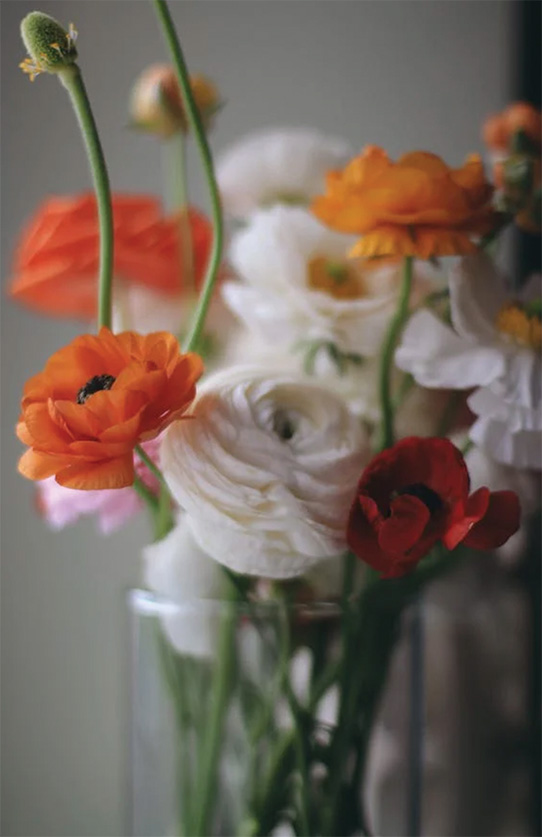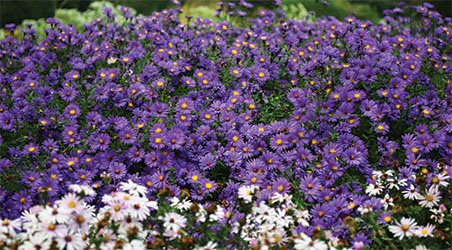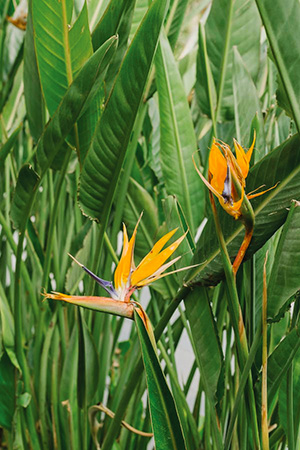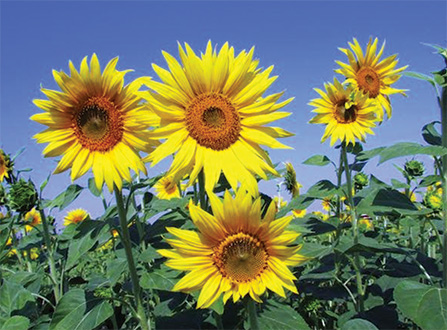It’s the height of summer, and especially given the extreme heat, your plants need some extra attention. Here are some gardening tasks you’ll want to take care of this month:
 1. We have enjoyed blooms in our gardens for weeks, and some annuals are showing signs of slacking off due to the heat, depletion of nutrients in the surrounding soil and setting seed. Now is the time to deadhead or cut off spent flowers to keep them blooming a while longer.
1. We have enjoyed blooms in our gardens for weeks, and some annuals are showing signs of slacking off due to the heat, depletion of nutrients in the surrounding soil and setting seed. Now is the time to deadhead or cut off spent flowers to keep them blooming a while longer.
2. Cutting back lanky stems on annuals such as impatiens or salvia by one-third or one-half will encourage them to keep blooming until frost. Fertilize with a good time-release fertilizer and water in.
3. We’ve had lots of rain along the Coast, but plants need adequate moisture to withstand our hot summers. Any week you don’t receive an inch of rain, gardens must be watered. Containers may need to be watered daily to survive the summer sun.

4. Monitor mulch, as it tends to decompose faster in hot conditions. A minimum of 2-3 inches is required to provide adequate moisture retention and block out weeds. Mulch should be 2-3 inches away from trunks of shrubs and trees.
5. Check for diseased plants and leaf litter. These should be removed, bagged and disposed of in the garbage. Adding to your compost pile will ensure you’ll have the same issues next season.
6. Disbud camellias by one-third to increase the size of next season’s flowers.
7. Take cuttings of woody ornamentals and plant in good potting soil. Keep moist by placing a plastic bag over the top of each pot. When roots form, remove the plastic cover; plant next spring. Azaleas, oleander, hydrangeas, camellias and gardenias are good ones to propagate.

8. Start planning for spring-blooming plants. Shade trees that lose their leaves in winter are prime candidates to have early spring bulbs and other ornamentals planted beneath their limbs.
9. If you plan to start new flower beds, now is the time to take a soil sample. It’s easy, and you’ll have confidence that your new bed will thrive. Mississippi State University Extension Offices located in each county can provide information on this important process.
10. Although the coastal area is very hot and humid in August, now is the time to plant your fall vegetable garden. Below are some general facts for fall planting.
- Make sure your garden area gets full sun (six-plus hours a day.)
- Completely remove any dead plants, including roots.
- Till in a good quality and quantity of composted soil amendments.
- Check new plants twice weekly to stay ahead of pests and diseases that have had months to develop and multiply.
- Be sure to have a water source nearby to provide adequate moisture when needed.



